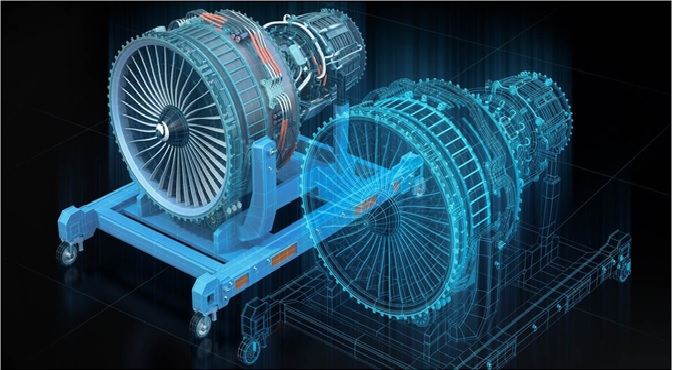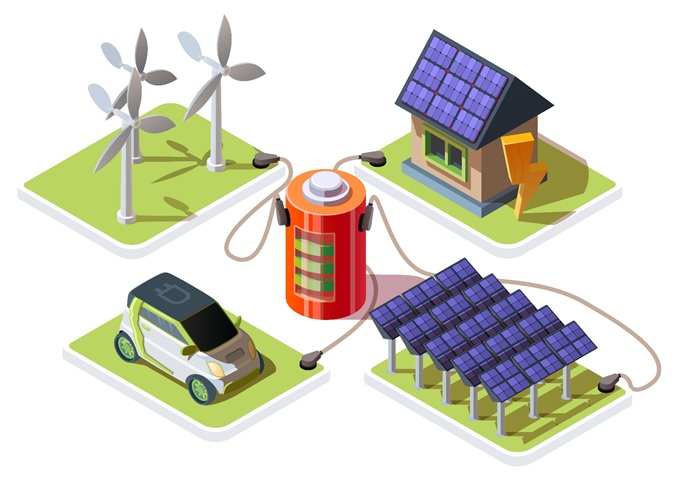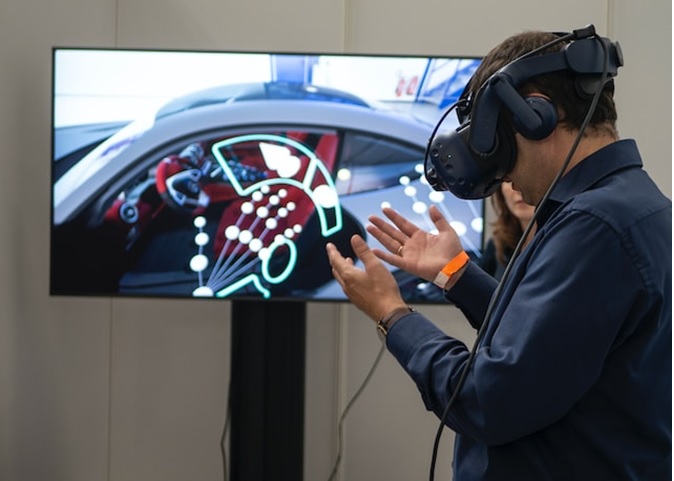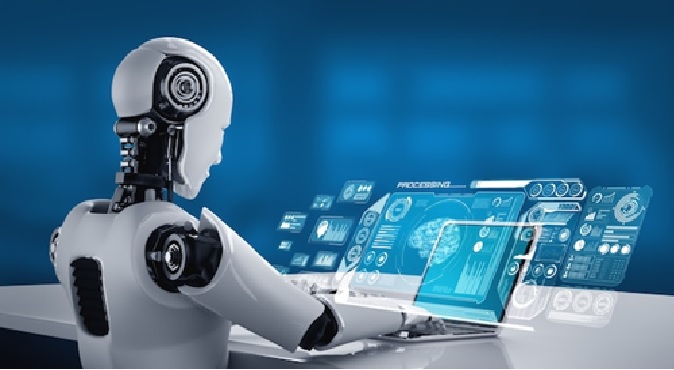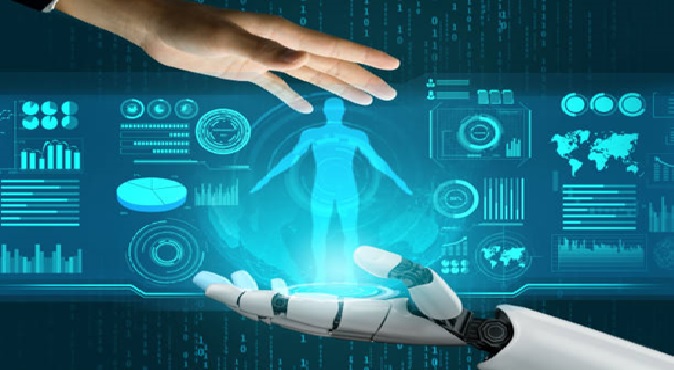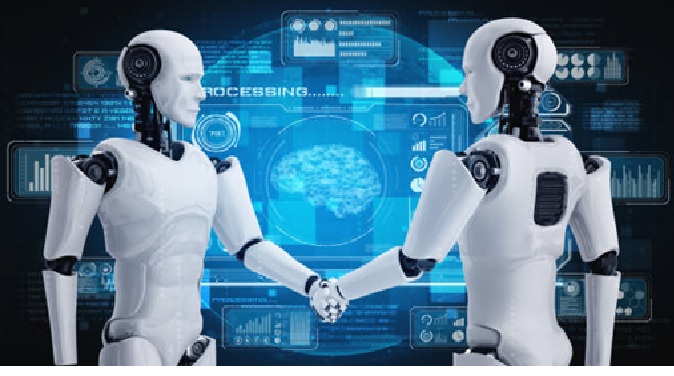Human-Automation Collaboration
Human-automation collaboration refers to the process of humans and machines working together to achieve a common goal. This collaboration can take many forms, from simple automation tools that assist human workers with repetitive tasks to more complex systems that rely on artificial intelligence and machine learning.
Digitalization in intelligent manufacturing leads to the development of Industry 4.0/5.0 and human-cyber-physical systems. As many production technologies rely on teaming of human workers and intelligent cyber-physical systems such as industrial robots, human-robot collaboration is an intensively investigated topic in this transdisciplinary research area. To design industrial robots in a human-centred way, psychological knowledge concerning judgment and decision-making needs to be gained and integrated.[1]

Figure .1 Human-Automation Collaboration
Figure 1 shows the goal of human-automation collaboration is to improve efficiency, productivity, and overall performance by leveraging the strengths of both humans and machines. By working together, humans and automation systems can achieve better results than they could on their own.
One example of human-automation collaboration is in manufacturing, where robots and other automation systems are used to perform repetitive tasks, such as assembly or packaging, while human workers oversee and control the process. This approach allows for faster and more accurate production, while also freeing up human workers to focus on more complex tasks, such as quality control and process improvement.
Another example is in customer service, where chatbots and other automation systems are used to handle routine inquiries and support requests, while human workers are available to handle more complex issues or to provide personalized support
Effective human-automation collaboration requires the development of new interfaces and technologies that enable seamless communication and coordination between humans and machines. This can include voice-activated controls, gesture recognition systems, and other intuitive interfaces that allow humans to interact with automation systems in natural and intuitive ways.
Overall, human-automation collaboration has the potential to transform many industries and improve the lives of workers and consumers alike, by enabling faster, more efficient, and more effective performance through the use of automation technologies
References:
- https://www.frontiersin.org/articles/10.3389/fpsyg.2023.1107306/full
Cite this article:
Janani R (2023), Human-Automation Collaboration, AnaTechMaz, pp.210





